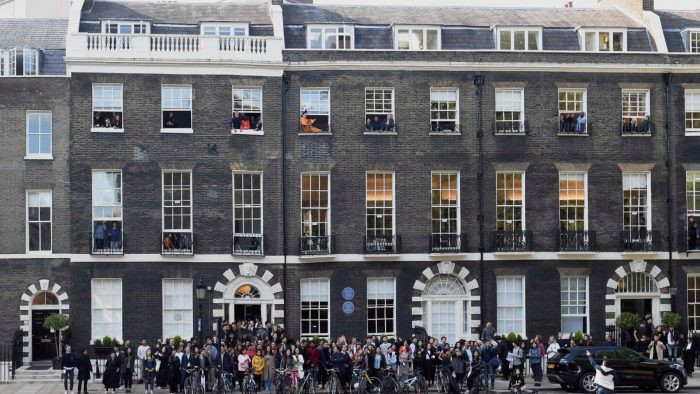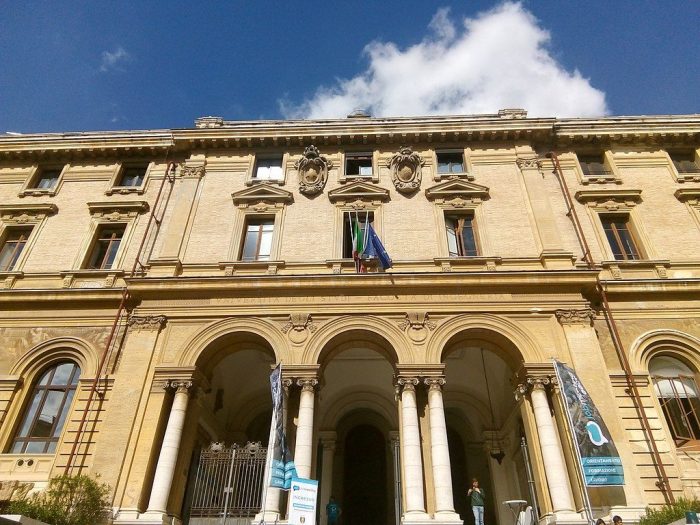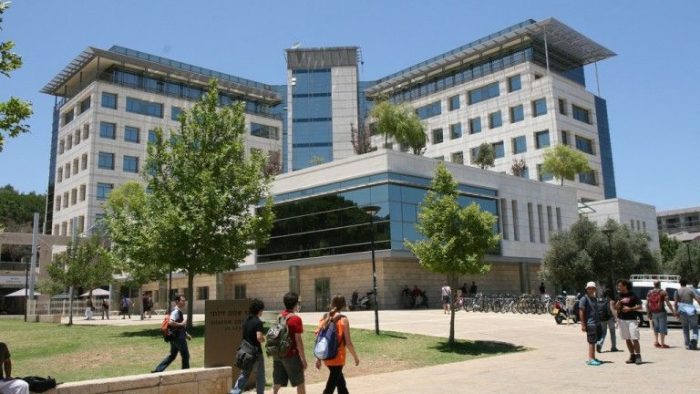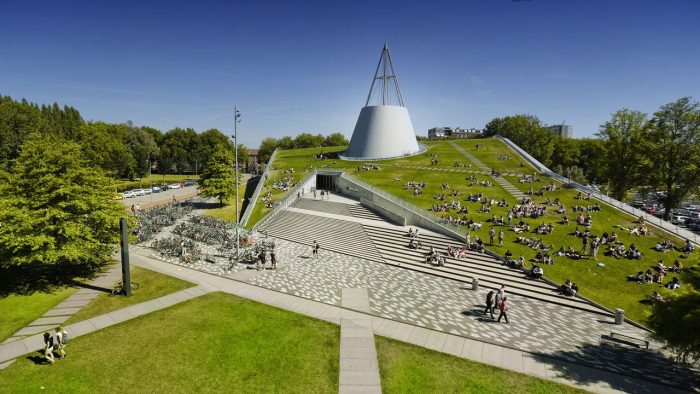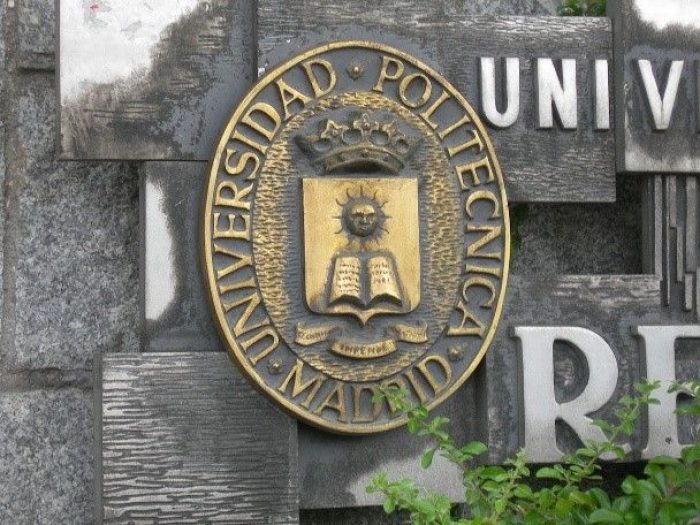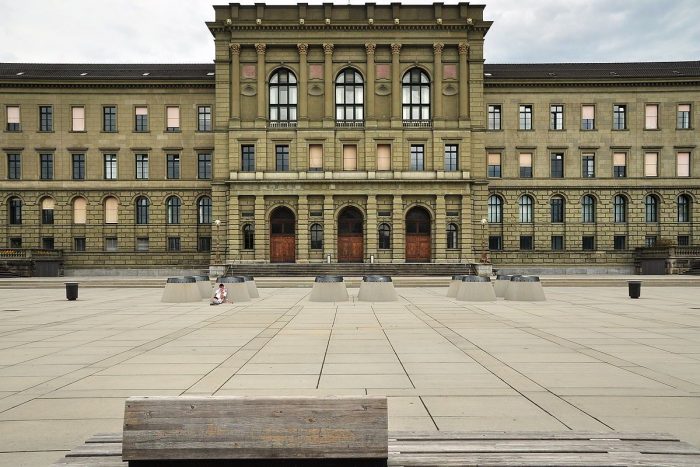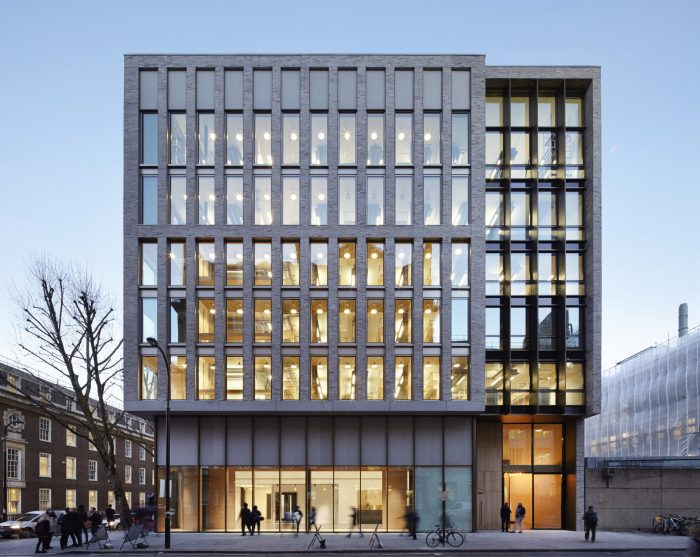Best architecture schools in Europe: To become a good architect is quite challenging, especially when you want to choose the best architecture school. If you are considering an institution in Europe, there are many options, and the schools are generally similar in terms of their programs and goals. To ensure that you can narrow down your choices to find the best architecture schools in Europe, this list has selected the top ten schools based on four criteria: programs available, admissions requirements, exchange programs, and internships/jobs.
-
The Architectural Association, AA
Founded in 1847, AA is considered to be one of the leading architecture schools worldwide. Located in the UK and receiving an average of 81 students per year, the school encourages students to use their imagination to create innovative work that would “explore the possibility of a future career in architecture or the arts” (Domus 67). Experimentation is used within the different research focuses they offer that become their core curriculum of how students mature within the architecture program. The school provides a wide range of places to go for their exchange program, which gives students an opportunity to study abroad in a different place. AA also has networks of architecture firms that can help students earn experience for internships or jobs after finishing school. Prospective students who wish to apply to this school must select a specific course to see the entry requirements necessary, which can be found on their website.
-
Roma Tre University
Located in the city of Rome, Roma Tre University is an architecture school that focuses on harmonizing the history of the city with current architecture. Since 1992, this young school has gained “an international reputation as being one of the finest in architecture studies” (Domus 101), focusing on three areas: architectural design, urbanism, and restoration. Averaging 230 students per year, admissions requirements are pretty simple to obtain in providing a High School Diploma or an equivalent along with Italian language proficiency. Being a young school, the faculty here at Roma Tre has a huge network of people to contact for exchange programs and providing jobs or internships for students upon graduation.
Technion started in 1912 and it is Israel’s oldest architecture school. Located in the city of Haifa*, students are able to study engaging “with the urban structure of the site and the broader context of the city (Domus 59). With a range of programs within the school, the focus is extensive on physically engaging architecture and the city. Admissions for getting into the school is tough, requiring a High School Diploma, being proficient in the Hebrew language, and taking the entrance exams provided by the school. If accepted, averaging an enrollment of 95 per year, students in the architecture program become engaged in an environment that is considered a good place to study and focus. Students also become assistive to one another and this helps bring a positive atmosphere into the program. They also keep “good personal and professional relationships with teachers” (Domus 59), leading towards networks from Israel or abroad to provide opportunities forg future employment. Technion provides a variety of program focuses that allow students to choose what best suits them for their future careers.
Located in the city of Porto, Portugal, the atmosphere of the city is a great opportunity for students to study architecture in U Porto. Founded in 1979, the school provides a wide variety of programs that use a pedagogy of traditional methods and hand drawing, then moving into a software program, which students begin to use during the third year. Requirements to be admitted are mild, requiring a High School Diploma or an equivalent as well as being proficient in the Portuguese language. On average, U Porto accepts 150 students into the architecture program per year. Within the school, the focus is not “on a particular aspect of architecture, but a little bit of everything” (Domus 97). Upon engaging with the city, students are able to have a better understanding of architecture that will give them a potential opportunity in the future to work at architecture firms that their teachers network and collaborate with.
Founded in 1904, TU Delft is considered one of the top architecture schools in Europe due to its Faculty of Architecture and the Built Environment. Located in the Netherlands, the architecture school receives 450 students in both undergrad and grad levels on average per year. The programs within the school vary from urbanism to building sciences, allowing students to narrow their focuses on particular studies. To be admitted as an undergrad, prospective students must turn in a High School Diploma or an equivalent and be proficient in Dutch and English. There are several exchange programs that students can experience, but the architecture school is best known for studying urbanism. With the prestigious urban condition the Netherlands has for extreme density, the country is “very experimental” (Domus 47) in the focus of urban planning and “heavily engaging in the country” (Domus 47). Professors within the school provide strong networks for students to create personal and professional connections that would potentially commute future jobs.
Within the city of Madrid, Spain, Universidad Politécnica de Madrid is known to be a prestigious school, where “many of Spain’s finest architects have studied and taught at ETSAM” (Domus 76). Founded in 1848, the architecture schools enroll an average of 3,900 out of 5,000 students per year. Being a big school, students say that it takes time to utilize tools that can help with projects, and for this reason, it is highly competitive. But this helps students to prepare for the real world afterward. Most of the faculty are well-known architects, so students have a bit of a struggle to make relationships with their professors. There are several exchange programs that students can participate in to gain experience, though the curriculum structure of the school has such high expectations from students, they feel better prepared during their classes. “The school does not actively promote professional network[ing]” (Domus 77), so students must take the initiative to create relationships to ensure future jobs.
At Politecnico di Torino, about 630 students are enrolled within the school of architecture every year. Founded in 1925, the school provides a major focus on the “relation between architecture and context” (Domus 109**), encouraging students to make choices that would create a course of studies that will specialize on topics of their interests while still focusing on the overall view of architecture. Requirements to enroll are having a High School Diploma or an equivalent and taking the admissions test necessary for the program. As undergrads, students are limited to employment opportunities, until entering the master’s degree program, at the diverse architecture firms the school offers. Students, however, have a great opportunity to try the exchange programs offered to experience and promote student interactions amongst each other.
One of the leading architecture schools in the world, the school prepares students in “technology and building construction techniques” (Domus 121) as well as being one of the best in “high-profile history and theory” (Domus 121). Enrolling about 1,060 students a year, some students feel that the school does not create personal experiences due to the large student body. But the undergrad program follows a curriculum structure that allows students to acquire experiences of practice within architecture firms and exchange programs. The master programs available are rigorous but are considered “some of the most well respected in the world” (Domus 121). Admission requirements for undergrad studies are to have a High School Diploma or an equivalent, take the entrance examination, and have high-level German language proficiency.
The School of Architecture became part of The Royal Danish Academy of Fine Arts, which has helped students to have more diversity within the courses they take. Founded in 1754, the school has a wide selection of programs to choose from, though the requirements to apply are a bit demanding regarding having proficiency in Danish, Norwegian, or Swedish language as well as a high school degree or an equivalent. With the school of architecture combined into one school with all the other arts, students who are enrolled in the program average about 1,050 out of 1,700 students per year. In addition, the school has a broad range of areas for students to choose from as part of their studies, including sustainability, urban planning, advanced digital design, and construction. Students also benefit from the diverse exchange programs and architecture firms the school is in contact with.
10. The Bartlett School of Architecture
Located in Central London and founded in 1841, the School of Architecture has “historically been one of the most prominent architecture schools in Europe” (Domus 69). About 200 students enroll in the architecture program, becoming educated in an atmosphere full of experimental and theoretical research. With its use of the unit system, students are able to specialize and study particular areas of interest within all the interdisciplinary studies the school has available. Bartlett School of Architecture also allows great collaboration and networking with architecture firms within the city. To be admitted into the school a prospective student must have a high school diploma or an equivalent and English language proficiency.
Works Cited
* On January 20, 2014, “Domus” magazine for architecture, art and design have published its annual rankings of the top schools in these fields. Technion’s Faculty of Architecture & Town Planning is listed among the top 50 in Europe.
** “Domus Digital Edition – 01/12/2013.” Domus Digital Edition – 01/12/2013. Domus, 12 Jan. 2013. Web. 15 Oct. 2014.


